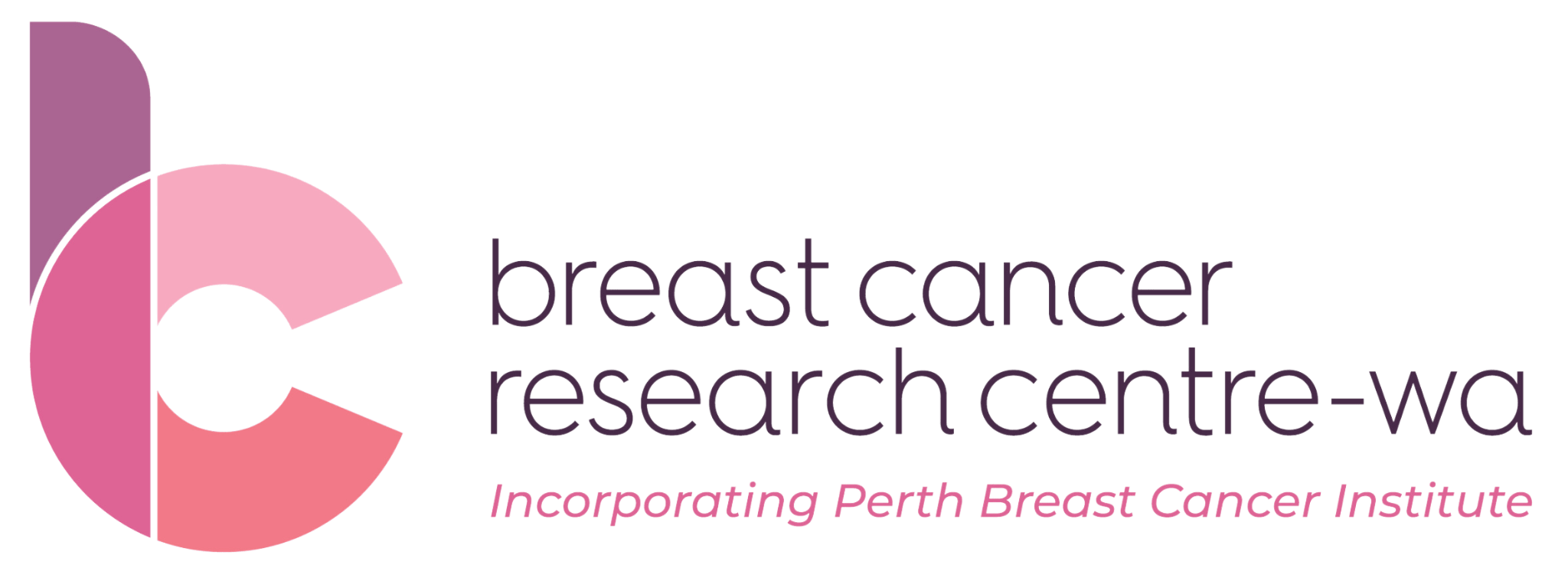Family History and Breast Cancer
Breast cancer is common and affects 1 in every 8 women during their lifetime. For most women, this is the result of chance and is related to ageing. It may also be a result of environmental and lifestyle factors.
Only 5% of breast cancers are thought to occur due to an inherited genetic fault. Genetic faults can be passed down through either the mother’s or father’s line. Information about a family’s history may indicate the likelihood of a genetic fault.
Three Categories of Risk
There are three categories of risk associated with family history. Factors affecting these categories include how close the person/s with cancer are to you, how many individuals have had a cancer diagnosis, the age when cancer was diagnosed and if there were more than one diagnosis of cancer in an individual family member. “First-degree” relatives are those in your direct family; a sibling, parent or offspring. “Second-degree” relatives include grandparents, aunts/uncles and cousins.
An example of Category 1 risk would be those people with one first-degree relative aged over 50 diagnosed with breast cancer. Or two second-degree relatives over the age of 50. This category carries the same or slightly-above the average risk of breast cancer as the general population. Most people fall into this category.
Category 2 indicates a moderate increase in risk between 1.5-3 times the average. This category includes individuals with a first-degree family member diagnosed with breast cancer before the age of 50, two first-degree relatives diagnosed at any age or two second-degree relatives where at least one was diagnosed before the age of 50. This group comprises fewer than 4% of individuals.
The higher risk Category 3 comprises less than 1% of the population. This category potentially carries a risk of breast cancer which is up to 3 times the average person’s lifetime risk. These individuals have two first or second-degree relatives with breast or ovarian cancer (on the same side of the family) plus one of other factors including a male relative with breast cancer or breast cancer diagnosed under the age of 40.
More detailed information about the categories can be found in our Patient Information Brochure on Family History, can be discussed with your doctor or our Genetic Counsellor.
How Can I Reduce My Risk?
There are several steps a woman can take to reduce her risk of breast cancer such as breastfeeding if possible, having a healthy diet and minimising alcohol intake. Regular physical activity is important, as is avoiding post-menopausal weight gain. Hormonal treatments such as the contraceptive pill and menopause hormone therapy may increase the risk of breast cancer slightly and the benefits and risks should be discussed with a woman’s General Practitioner on an individual basis.
High Risk Breast Clinics provide more information on preventive and surveillance options for women who are at increased risk of breast cancer due to their family history. This may include discussions with a genetic counsellor, recommendations about preventative surgery or Tamoxifen. Each individual is different and the advice will be tailored to the specific family and individual.
The information and content provided on this page is intended for informational and educational purposes only and is not intended to substitute for professional medical advice. Please contact your medical team for advice on anything covered in this article.

Our full range of Resources
Breast Cancer Research Center – WA aims to support and educate breast cancer patients. For a specific pamphlet, ask our staff at your next appointment or download it from our website.
